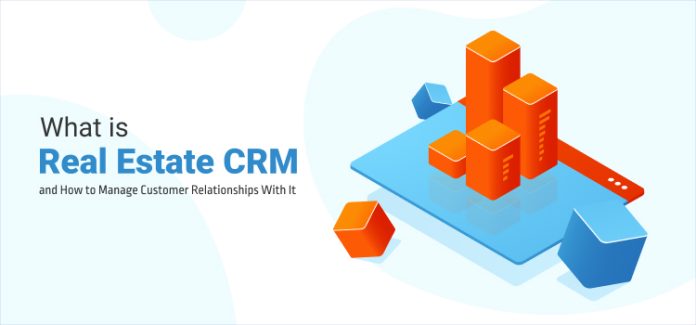In today’s fast-paced real estate market, having a robust Customer Relationship Management (CRM) system is essential for agents and brokers aiming to streamline their operations and enhance client relationships. However, the true power of a CRM lies in its customization capabilities. Understanding how to best real estate CRM tools can be tailored to meet specific business needs can significantly improve efficiency and productivity.
Customization allows real estate professionals to adapt their CRM systems to their unique workflows and client interactions. This means not only tailoring the interface but also modifying features, automations, and reporting to better serve their specific market and clientele. By investing the time to customize a CRM effectively, agents can maximize its potential and ultimately drive more successful transactions.
1. Understanding Your Business Needs
Before diving into customization, it’s crucial to assess your specific business needs. Consider factors such as the size of your team, the types of properties you handle, and your client demographics. This understanding will help you determine which features and functionalities are essential for your CRM, ensuring that you focus your customization efforts on the most impactful areas.
2. Customizing User Interfaces
One of the first steps in CRM customization is adjusting the user interface (UI) to match your team’s preferences. This includes organizing the dashboard, modifying layouts, and selecting color schemes that resonate with your brand identity. A user-friendly interface enhances user adoption and allows team members to navigate the system more effectively.
3. Tailoring Data Fields
Every real estate business has unique data requirements. Customizing data fields within the CRM allows you to capture specific information relevant to your transactions and clients. For example, you may want to add fields for property features, buyer preferences, or seller motivations. Tailoring these fields ensures that you collect the right data to inform your decision-making and client interactions.
4. Setting Up Automations
Automation is a powerful feature of any CRM. By customizing automation workflows, you can streamline repetitive tasks such as lead follow-ups, appointment reminders, and client communications. Setting up automated responses based on specific triggers can save valuable time and ensure that no lead falls through the cracks.
5. Creating Custom Reports and Dashboards
Custom reports and dashboards are vital for tracking performance and measuring success. Tailor your CRM to generate reports that reflect the metrics most important to your business, such as lead conversion rates, sales pipeline stages, or client demographics. This customization enables you to analyze data more effectively and make informed decisions to drive growth.
6. Training Your Team
Once your CRM is customized, it’s essential to train your team on how to use the system effectively. Organize training sessions to familiarize them with the new features, workflows, and best practices. Ensuring that everyone is on the same page will lead to better utilization of the CRM and ultimately improve your team’s performance.
Customizing a real estate CRM is a strategic investment that can yield significant returns. By tailoring the system to fit your unique business needs, you can enhance efficiency, improve client interactions, and drive better results in your real estate transactions. Embrace the power of customization to unlock the full potential of your CRM system.








